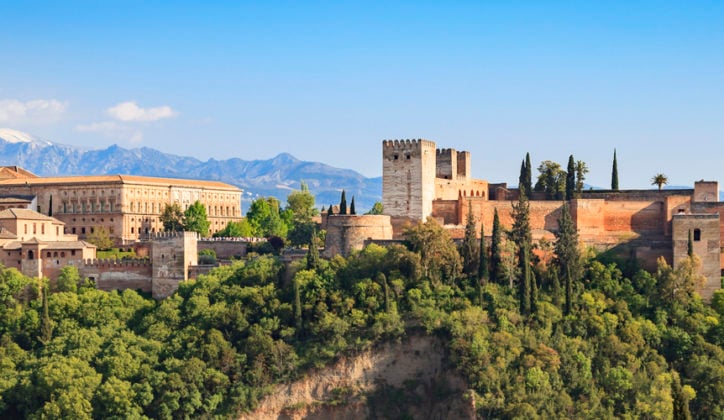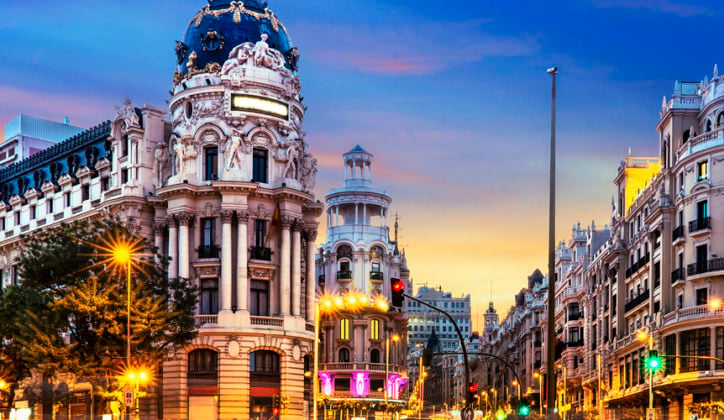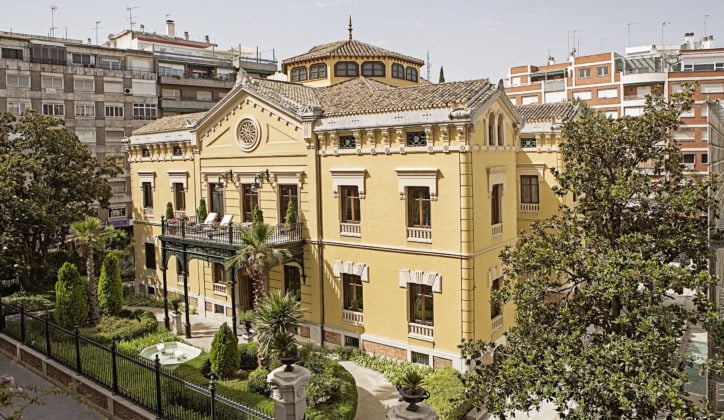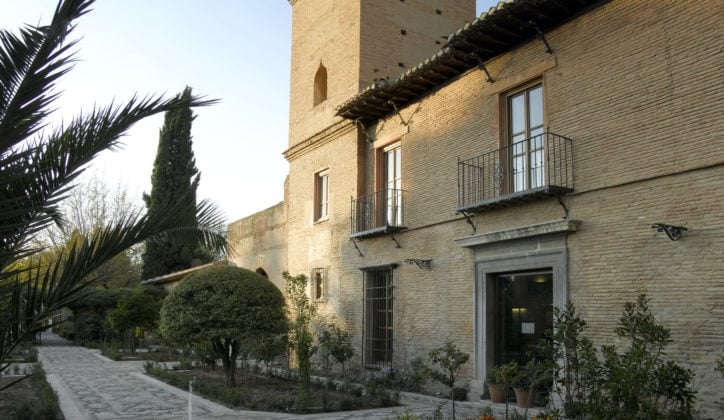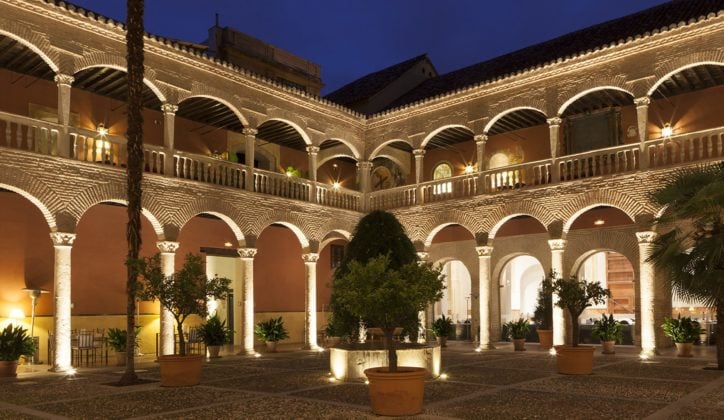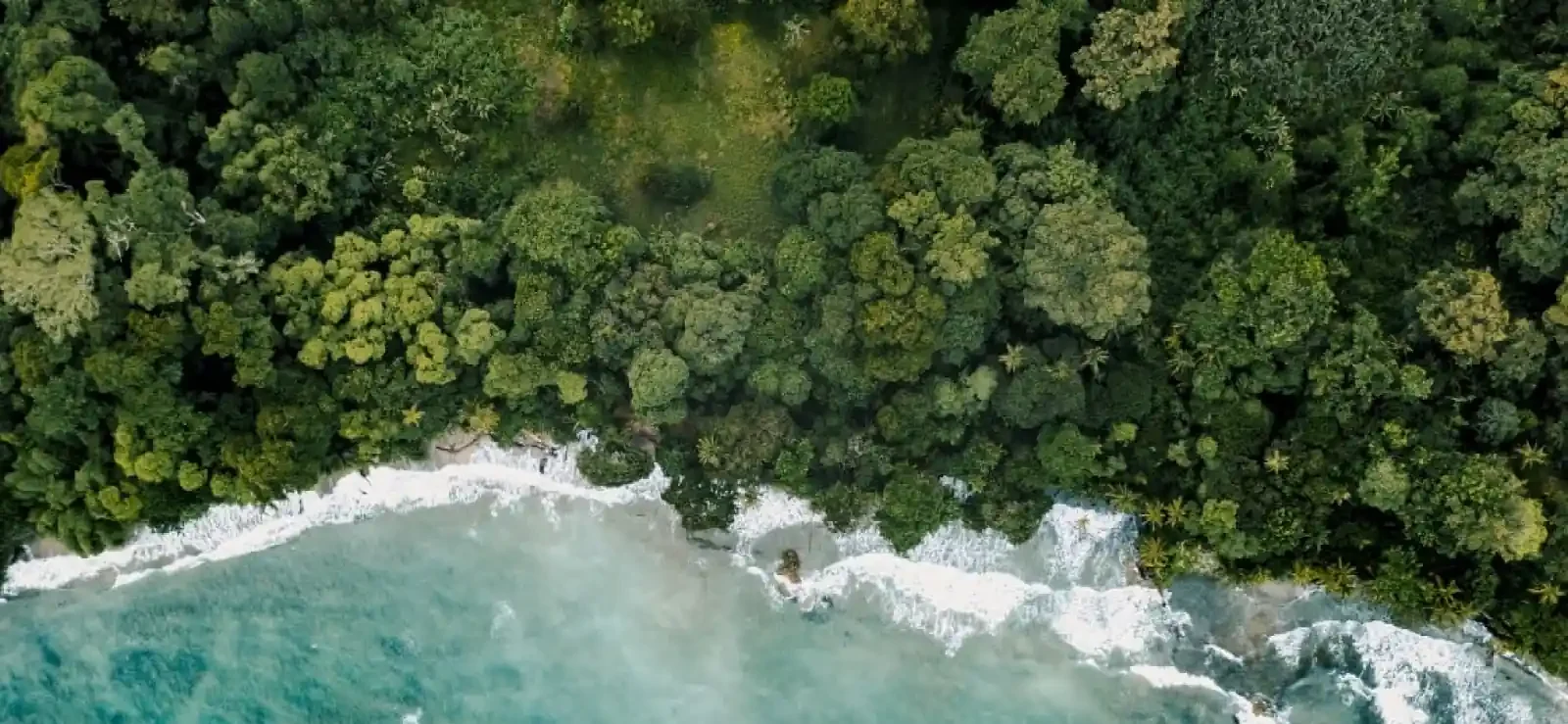Seville’s brooding Andalusian sister sits at the foot of the Sierra Nevada mountains, the Iberian Peninsula’s highest massif, and yet is only one hour by car from the Mediterranean Costa Tropical. Renowned as the last stronghold of the Moors who were finally driven out of Western Europe in the 15th century AD, it’s here that you’ll best discover Andalusia’s splendid Arabic architectural heritage.
The lavish Alhambra is Granada’s most visited site. Once a palace and fortress for the city’s Muslim rulers, the Alhambra means “red fort” and is named after the red clay used in its construction. Wander around the narrow streets of the Albaicin medieval neighbourhood for more fine examples of Moorish and Morisco construction. Declared a world heritage site in 1984, the district faces the Alhambra and is home to several attractions including the remains of an Arab bath complex, Granada’s archeological museum, and the church of San Salvador. In 1492 AD, the Catholic King Ferdinand of Aragon and Queen Isabella of Castile took over the kingdom. Upon their deaths, the monarchs were buried at the Capilla Real which to this day displays their possessions.
Granada today is grandiose but with a hint of an edge. It’s as famous for its beautiful gardens and charming narrow streets as for its tavern-style nightlife and Flamenco-skilled gypsy artists.
When to go
The best time to visit Granada is in spring and autumn when the temperatures are mild and there are warm sunny days. Summer can get very hot (July and August).
What to do
- Explore Granada's Moorish ancestry at the Alhambra
- See the final resting place and possessions of King Ferdinand and Queen Isabella at the Capilla Real
- Shop for souvenirs at the Alcaiceria Baazar
- Take a tour of the Albaicin Medieval area
- Visit the famous gypsy caves in the Sacromonte mountain monastery
Itineraries including Granada
Top hotels in Granada
Here are some of our travel designers' favourite options















